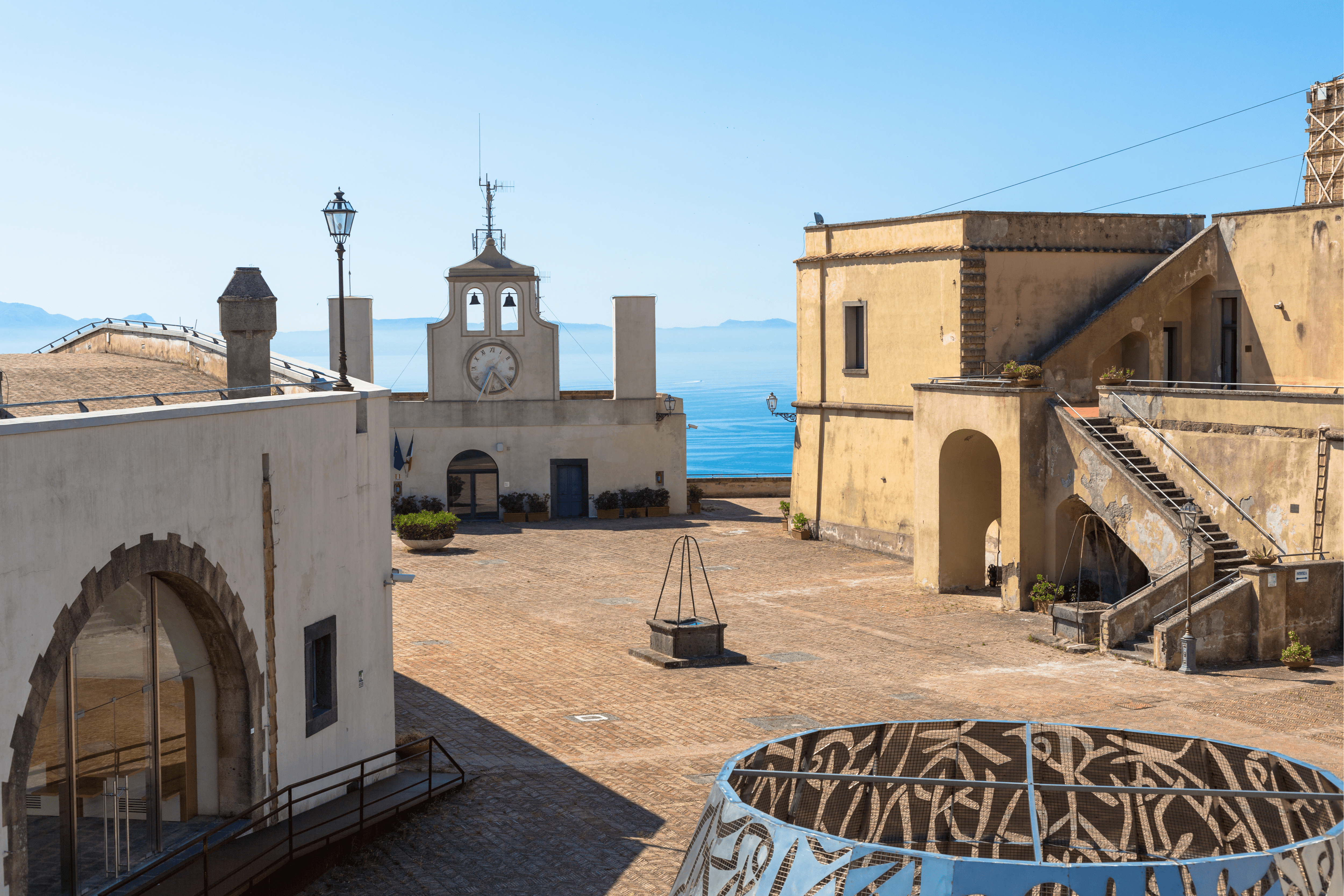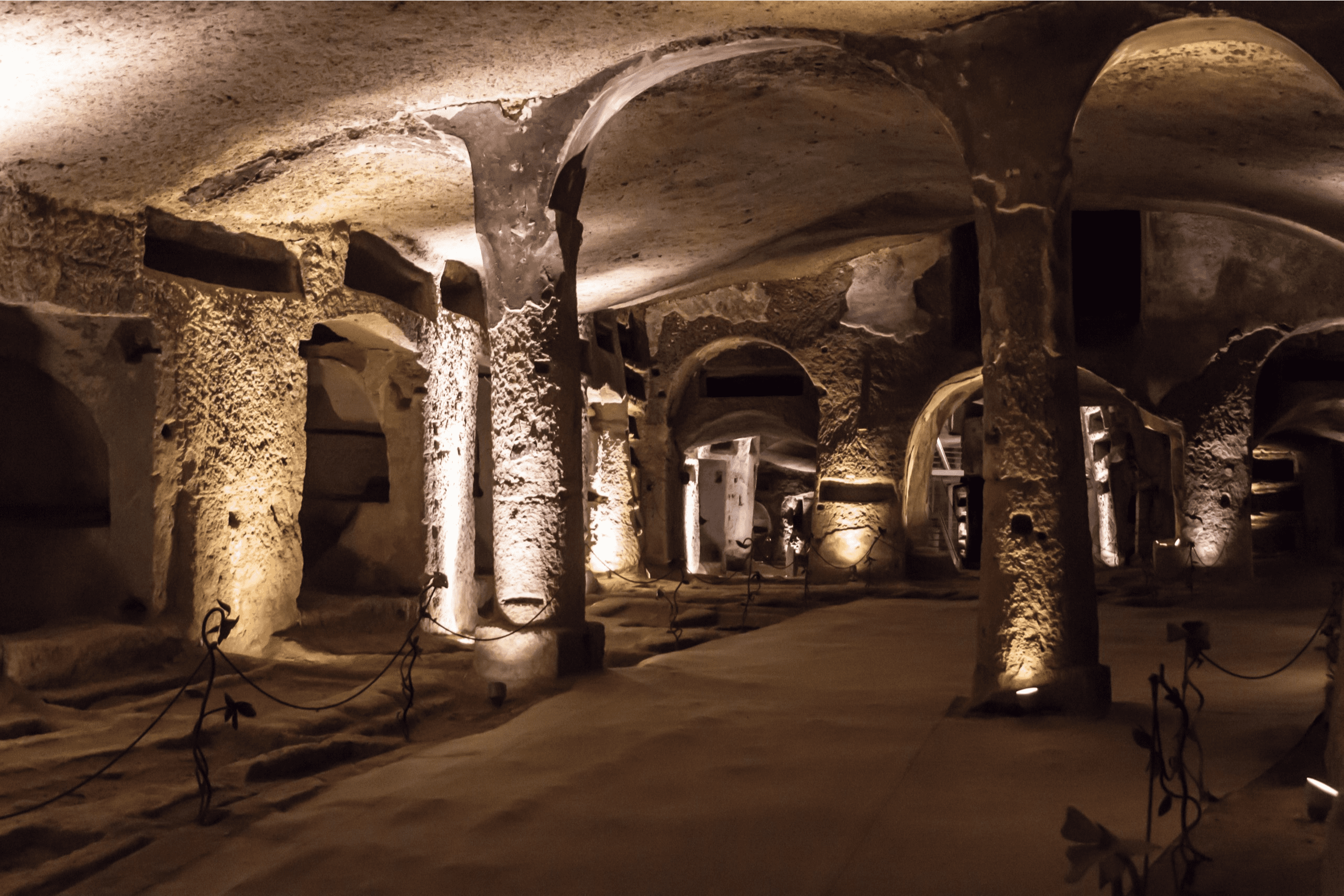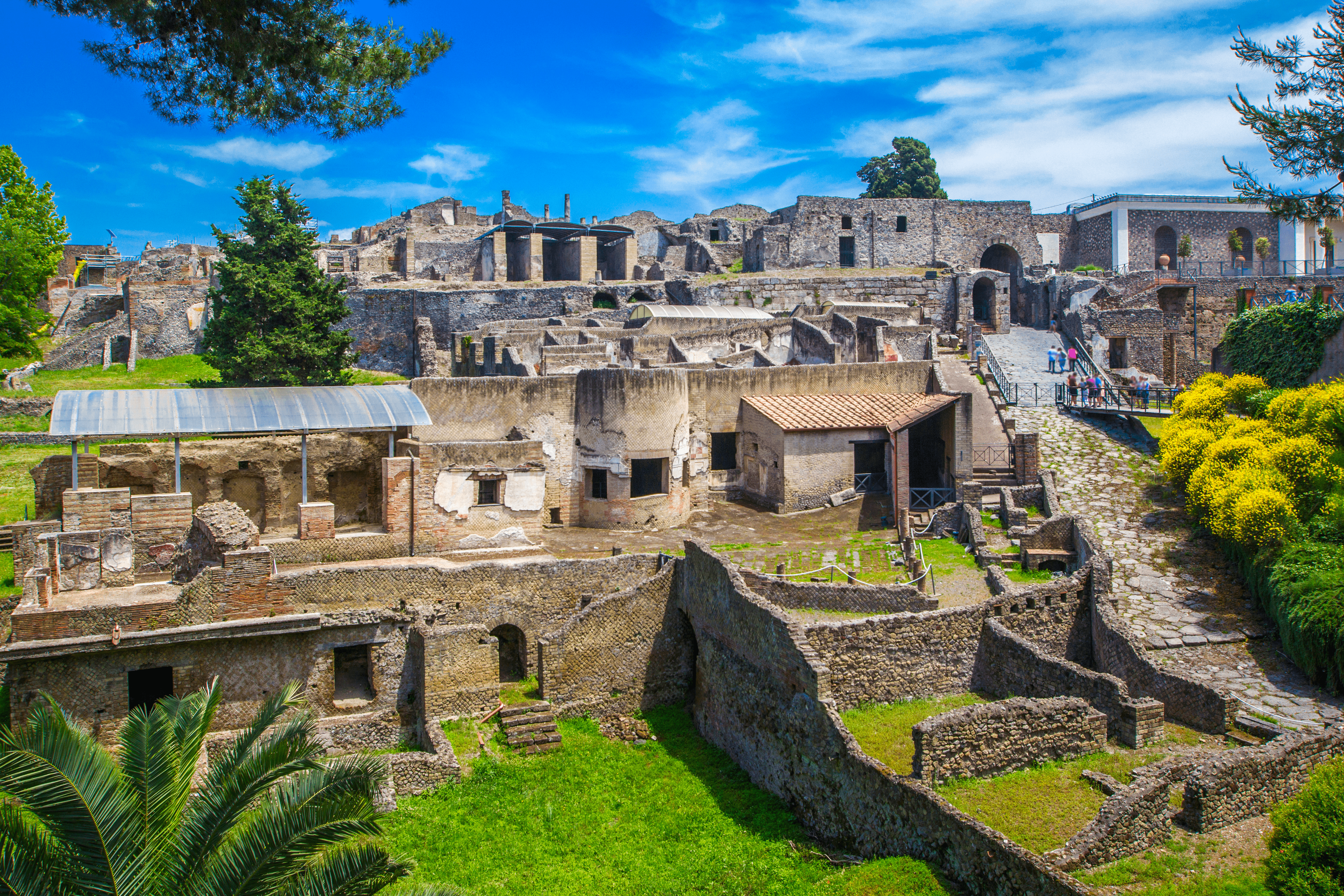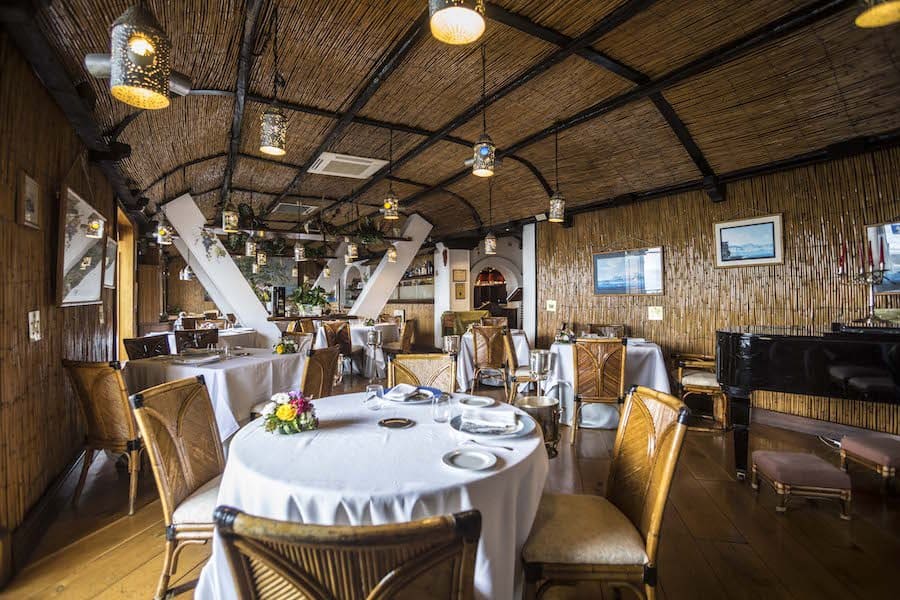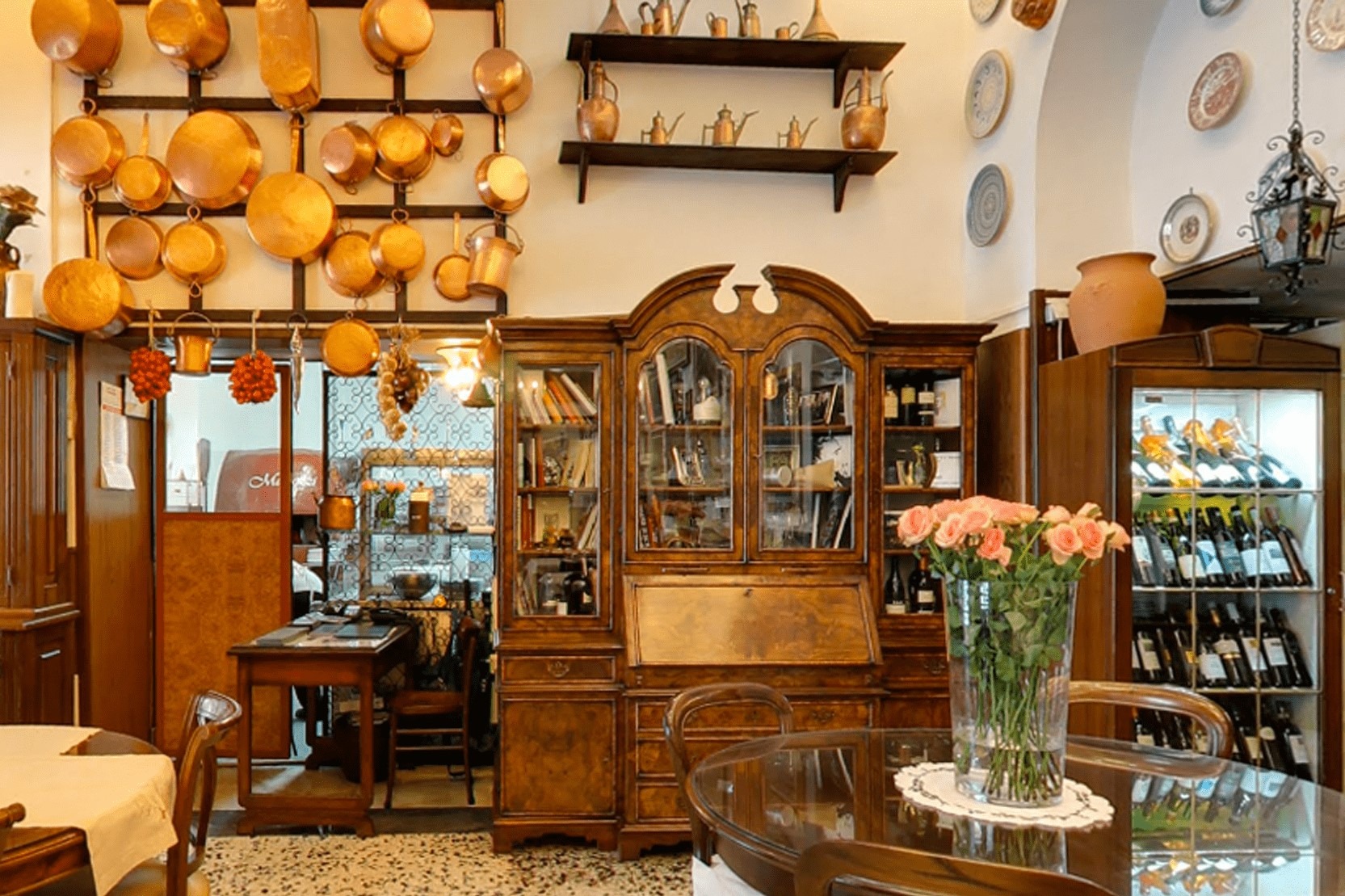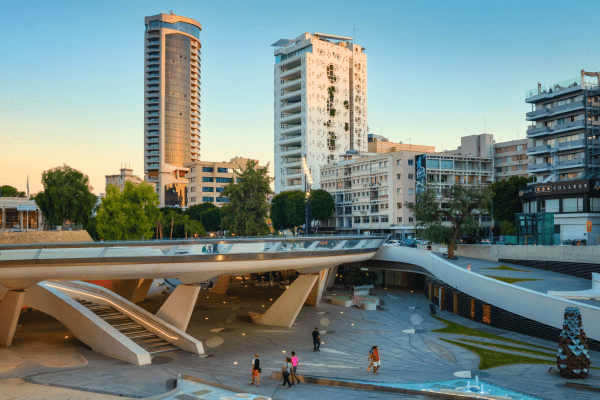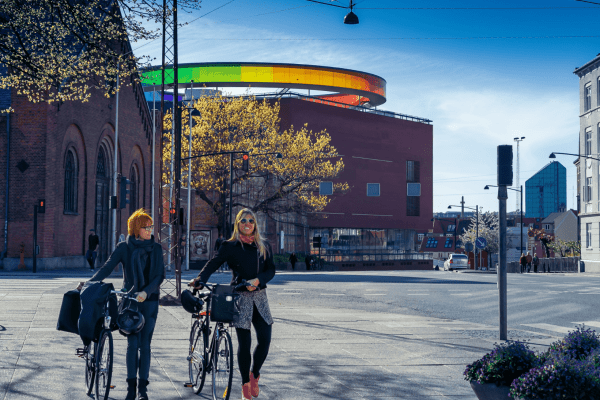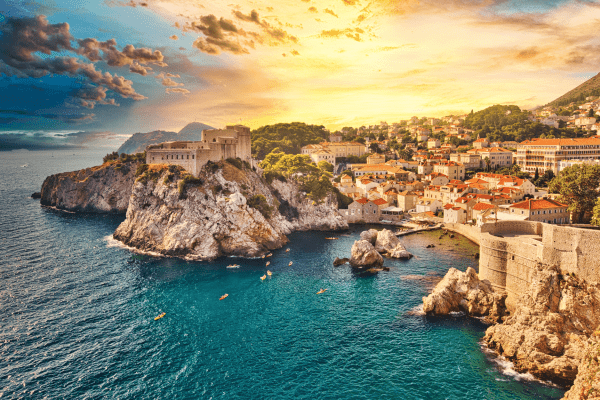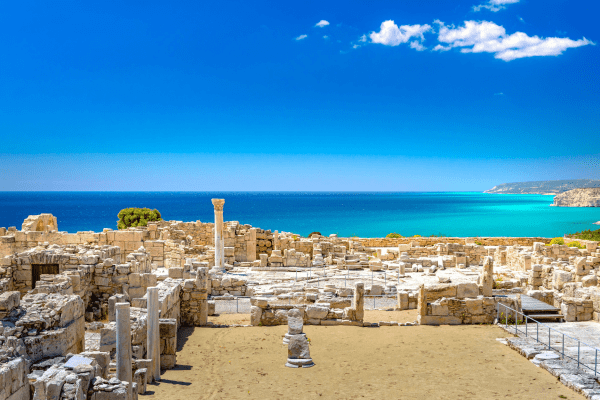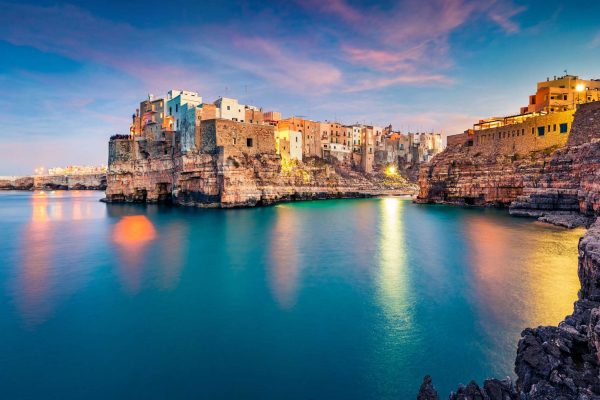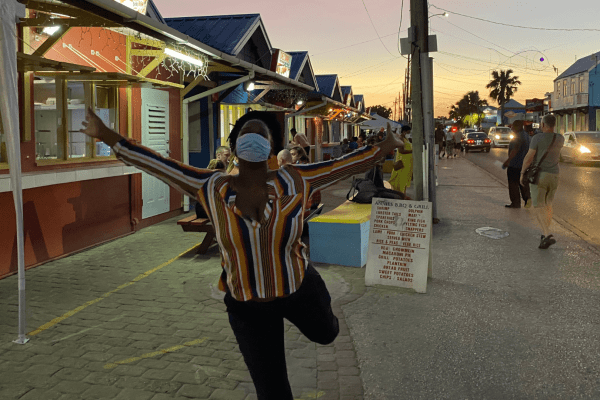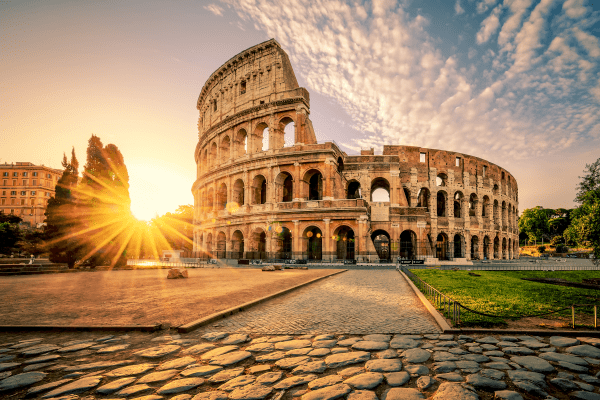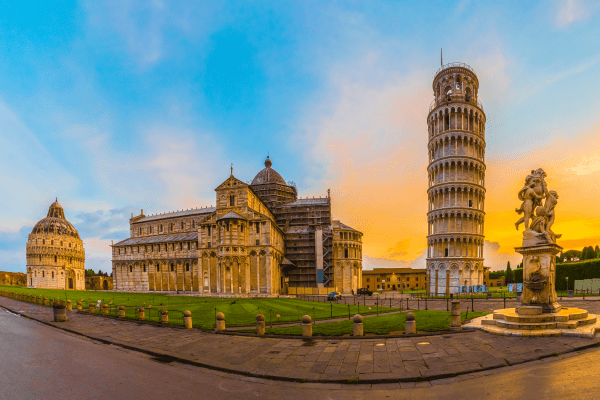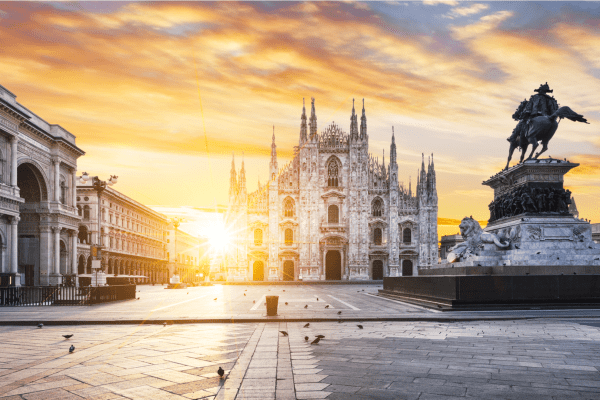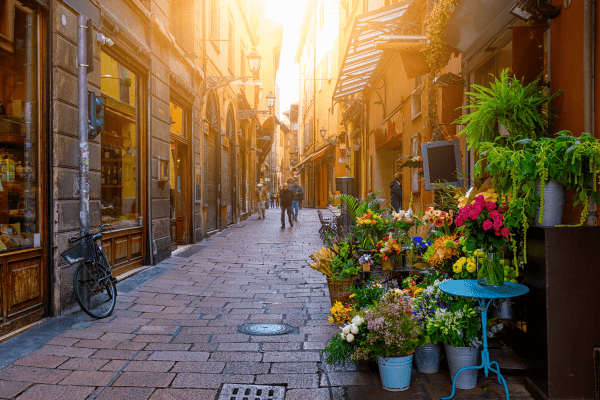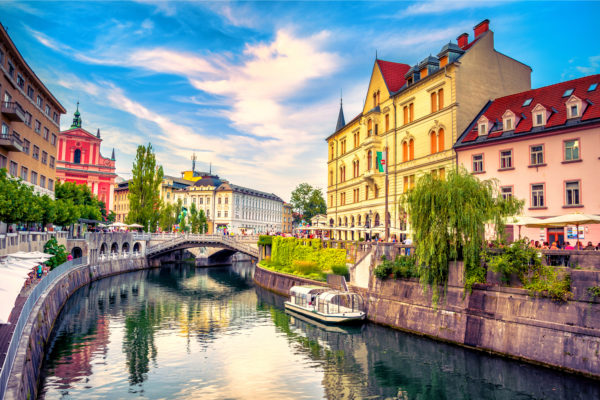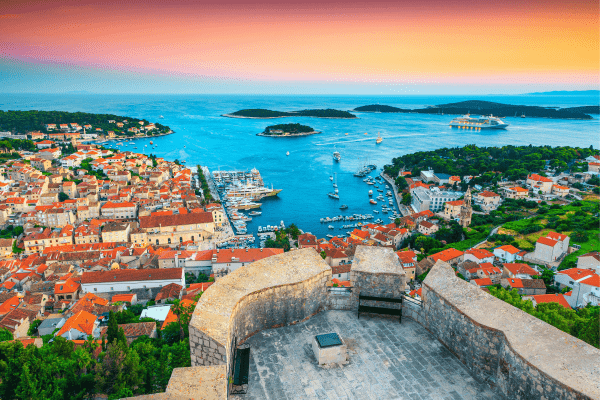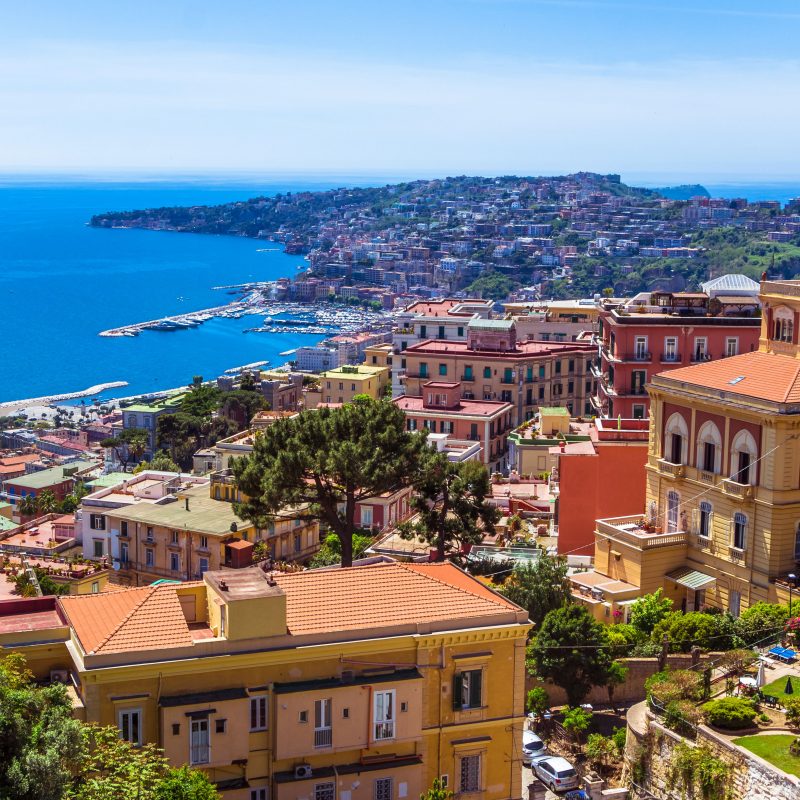It’s Italy but not as you know it. Naples may not boast the sophisticated elegance of the high Renaissance sites of its northern neighbours in Florence and Venice, but this city by the bay has a unique identity of its own. Not to say Naples lacks cultural landmarks. On the contrary, the hilltop medieval Castel Sant’Elmo, fortress-like Monastery of San Martino, distinctive Castell D’Ovo, and the beautiful duomo are a history buff’s dream. The feel though is earthier, grittier, less refined perhaps than elsewhere. Neapolitans however remain unapologetic and fiercely proud of their ancient city, passionate about good food, wine, family, and not least their adored football team.
Weather-wise spring and autumn offer ideal temperatures for touring and not surprisingly draw big crowds. The worst time to travel though is July and August when Naples is steaming hot, super busy with holidaying families and prices rocket. The low season November to March is well worth considering for crowd-free bargains, so long as you avoid the Christmas period which sees a lot of visitors. The southern location means less cold and rain than the north of Italy and although you’ll need layers and a mac, you can expect average temperatures of 10-13°C. November in particular is the month of heaviest rain, but throughout winter you’ll see blue skies between the showers with good conditions for exploring without the exhausting heat of summer.
Italy’s 3rd Biggest City
Have fun exploring the varied sites on offer in this unique centre. From the impressive waterfront promenade with views of Vesuvius and the Bay of Naples reach the dramatic Castell D’Ovo. Head inland and find the city’s cathedral, the Duomo di San Gennaro, filled with stunning frescoes; the lavish Royal Palace; and the 13th century Castel Nuovo. Check out the beautiful cloisters and murals at Santa Chiara Monastery, the Veiled Christ at Sansevero Chapel and the fascinating Archaeological Museum. This last one however is best visited after experiencing Pompeii and Herculaneum to give context to the exhibits. Naples is fairly easy to navigate thanks to its many prominent landmarks, not least the steep Vomero Hill, home to Castel Sant’Elmo.
Vibrant Backstreets
Take a break from the shopping thoroughfare of Via Toledo and arrive in Naples’ small piazzas and cobbled lanes. Here you’ll experience the unique vibe of the city in the narrow alleys complete with pretty balconies, hanging washing and some seriously questionable overhead electrics. The colourful, crumbling Spanish Quarter, named for 16th military garrison sent from Spain to quell the unruly locals, has long held a seedy reputation. Today though, it’s a very Neapolitan neighbourhood, with lottery shops, trattorias, buskers and urban street art. Stop for a cappuccino and deliciously flaky sfogliatella while you recharge.
Day trips
With easy access to trains and ferries, there’s no excuse not to get out of the city for a day or two. The glamorous car free island of Capri and its lesser known neighbours, Ischia and Procida, are reachable by ferry crossing. Although winter winds can affect timings, and some of the island facilities shut down, you’ll have an idyllic environment and beautiful views all to yourself. Similarly, the coastal resort town of Sorrento is conveniently on the Circumvesuviana train service, running every 30 minutes from Naples and has events year round, including extravagant Christmas lights and a musical tree. Low season is an excellent time to visit the unmissable moving archaeological sites of the ruins at Pompeii to Herculaneum.

